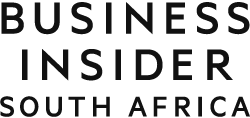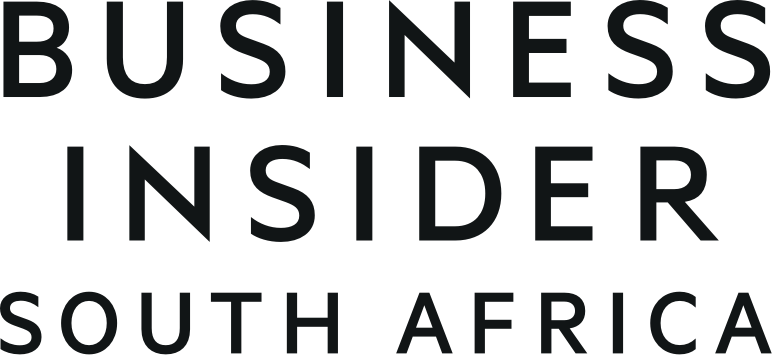- The rand has reached its best level in weeks this week, and is currently the only major emerging market currency that has strengthened against the dollar this year.
- This is thanks in part to rallying commodity prices.
- But some investors have also had to reassess their very negative forecasts of South Africa's fiscal situation.
- For more articles, go to www.BusinessInsider.co.za.
The rand has been firing on all cylinders in recent days, briefly dipping below R14.50/$ on Wednesday – its best level since February this year. It also traded below R20/pound. On Thursday morning it was trading at R14.56/$, R20.03/pound and R17.28/euro.
It is currently the only major emerging market currency that has gained ground against the dollar so far this year. Independent analyst Johann Biermann's analysis shows that the dollar has lost almost 1% of its value against the rand:
The rouble (-4% against the dollar), the Brazilian real (-8%) as well as the Turkish and Argentine currencies (almost 10%) have had a far tougher time in 2021.
Biermann says the rand is benefiting from stronger commodity prices, which are running as the global economic demand picks up.
The US government’s new $2.25 trillion infrastructure plan has also pushed industrial metals to near-record highs, says Lukman Otunuga, senior research analyst at FXTM.
“Given that raw materials account for roughly one-third of South Africa’s exports, the local currency has the potential to extend gains,” Otunuga says.
In addition, Biermann believes the currency was bolstered by news from SA Revenue Service (SARS) that it collected R38 billion more in tax for the past year than Treasury estimated in February. Total net revenue collection for the year to March was R1.25 trillion – while 8% lower than in the previous year, much better than expected at the height of lockdown in 2020.
This is part of a more encouraging picture emerging about South Africa’s fiscal situation.
Government finances are looking far from healthy after being ravaged by the pandemic and years of state overspending. But it appears that many investors’ expectations for South Africa’s prospects have been too negative, says Old Mutual Investment Group chief economist Johann Els.
“South Africa is still not in the clear, and there’s a still a long way ahead, but the latest national budget looked much better than many expected,” Els said.
In addition, it looks as if the SA economy may also outperform expectations this year, with the IMF becoming the latest institution to upgrade its growth outlook for South Africa (from 2.8% to 3.1%).
The country continues to export much more than it is importing, which is supporting demand for the rand.
Further support should come from continued foreign buying of South African bonds, which – over the medium term – could increasingly extend to South African shares, Els expects.
As foreign investors re-assess their views on South Africa, they are taking into account the positives, including low inflation, a strong financial sector and a conservative, independent central bank, says Els.
The importance of the latter was underlined by the recent sacking of the head of the Turkish central bank, by that country’s president.
Els expects that the rand could end 2021 around R14.80 to the dollar, but he’s not ruling out that the currency could "reach a 12-handle [between R12 and R13] against the dollar" for a short period.


















